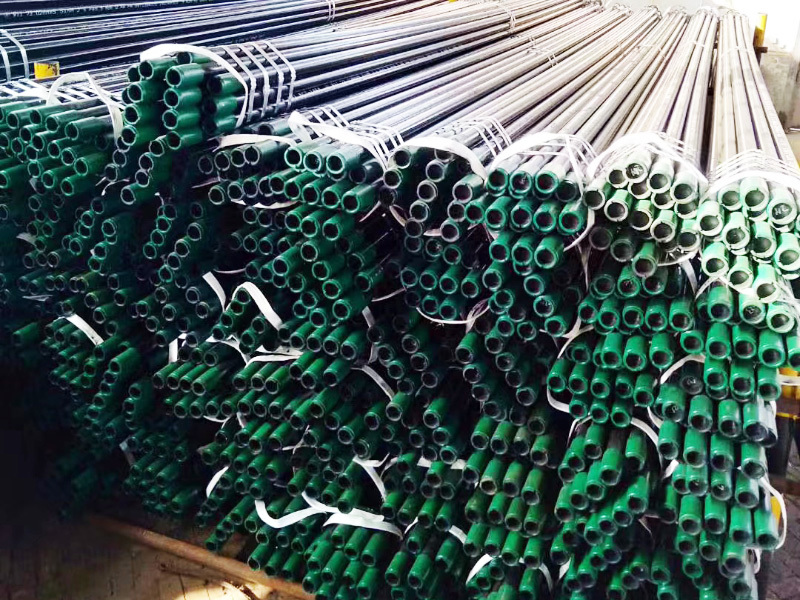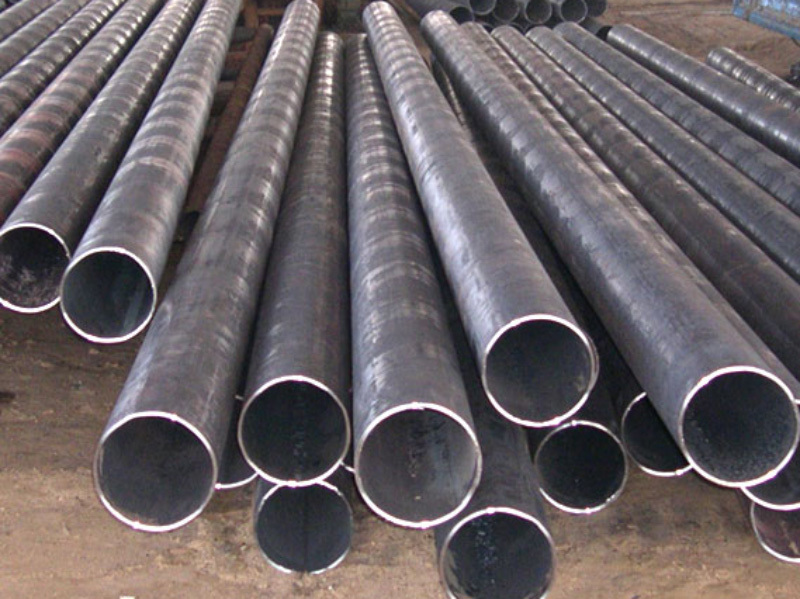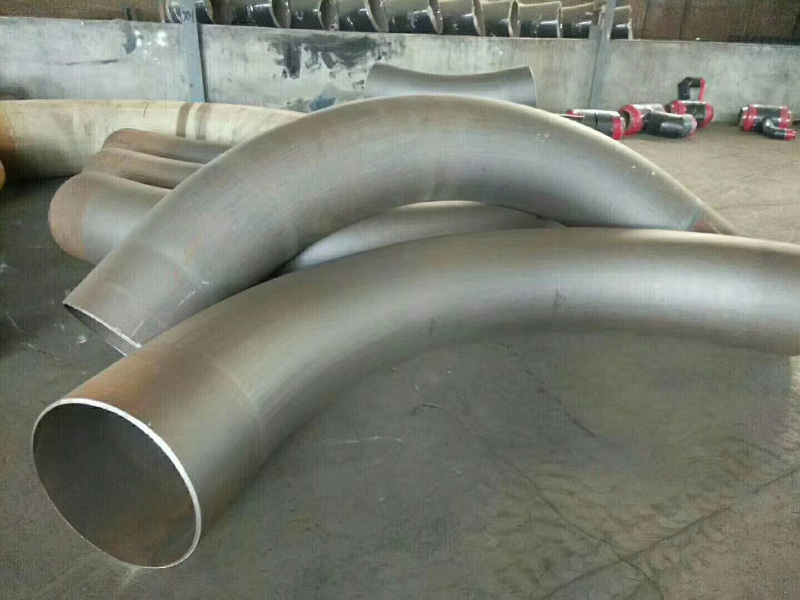Leading Smls Pipe and fittings supplier from China since 1991
Understanding RF Flanges: Essential Components in Construction and Decoration
RF flanges, or "raised face flanges," are essential components used in piping systems within construction and decoration materials. They are designed to create secure connections between pipes, enabling effective transport of fluids and gases. The raised face of these flanges allows for improved sealing capabilities, making them a preferred choice in various industries, including construction, oil
Aug 12,2025

RF flanges, or "raised face flanges," are essential components used in piping systems within construction and decoration materials. They are designed to create secure connections between pipes, enabling effective transport of fluids and gases. The raised face of these flanges allows for improved sealing capabilities, making them a preferred choice in various industries, including construction, oil and gas, and water treatment.
One of the primary benefits of RF flanges is their ability to withstand high pressure and temperature conditions. This durability is attributed to the materials from which they are made, which often include stainless steel, carbon steel, and other robust alloys. These materials ensure that the flanges maintain their integrity and performance even in demanding environments, which is crucial for the safety and efficiency of any piping system.
When discussing RF flanges, it is essential to recognize the various types available. The most common forms include slip-on, weld neck, threaded, and blind flanges. Each type serves a different purpose and is selected based on the specific requirements of the installation. For instance, slip-on flanges are easier to align and install, making them suitable for low-pressure applications, while weld neck flanges provide enhanced strength and are ideal for high-pressure systems.
In terms of applications, RF flanges are widely utilized in diverse sectors. In the construction industry, they are often found in HVAC systems, plumbing, and fire protection systems. Their reliability ensures that buildings maintain proper flow and pressure control, which is vital for operational efficiency. Additionally, RF flanges can be adapted for use in decorative applications, where aesthetic considerations must also be taken into account without compromising functionality.
Proper installation and maintenance of RF flanges are critical to ensure their performance over time. Professionals should pay attention to the torque specifications during installation, as improper tightening can lead to leaks and failures. Regular inspections and maintenance checks are also recommended to identify any signs of wear or damage, ensuring that the flanges continue to function as intended.
In conclusion, RF flanges are indispensable components in the construction and decoration materials industry. By understanding their types, benefits, and applications, professionals can make informed decisions when selecting piping solutions. Whether for structural integrity or aesthetic appeal, RF flanges contribute significantly to the efficiency and safety of various systems, making them a vital consideration for any project.
One of the primary benefits of RF flanges is their ability to withstand high pressure and temperature conditions. This durability is attributed to the materials from which they are made, which often include stainless steel, carbon steel, and other robust alloys. These materials ensure that the flanges maintain their integrity and performance even in demanding environments, which is crucial for the safety and efficiency of any piping system.
When discussing RF flanges, it is essential to recognize the various types available. The most common forms include slip-on, weld neck, threaded, and blind flanges. Each type serves a different purpose and is selected based on the specific requirements of the installation. For instance, slip-on flanges are easier to align and install, making them suitable for low-pressure applications, while weld neck flanges provide enhanced strength and are ideal for high-pressure systems.
In terms of applications, RF flanges are widely utilized in diverse sectors. In the construction industry, they are often found in HVAC systems, plumbing, and fire protection systems. Their reliability ensures that buildings maintain proper flow and pressure control, which is vital for operational efficiency. Additionally, RF flanges can be adapted for use in decorative applications, where aesthetic considerations must also be taken into account without compromising functionality.
Proper installation and maintenance of RF flanges are critical to ensure their performance over time. Professionals should pay attention to the torque specifications during installation, as improper tightening can lead to leaks and failures. Regular inspections and maintenance checks are also recommended to identify any signs of wear or damage, ensuring that the flanges continue to function as intended.
In conclusion, RF flanges are indispensable components in the construction and decoration materials industry. By understanding their types, benefits, and applications, professionals can make informed decisions when selecting piping solutions. Whether for structural integrity or aesthetic appeal, RF flanges contribute significantly to the efficiency and safety of various systems, making them a vital consideration for any project.
Hot Tags:







